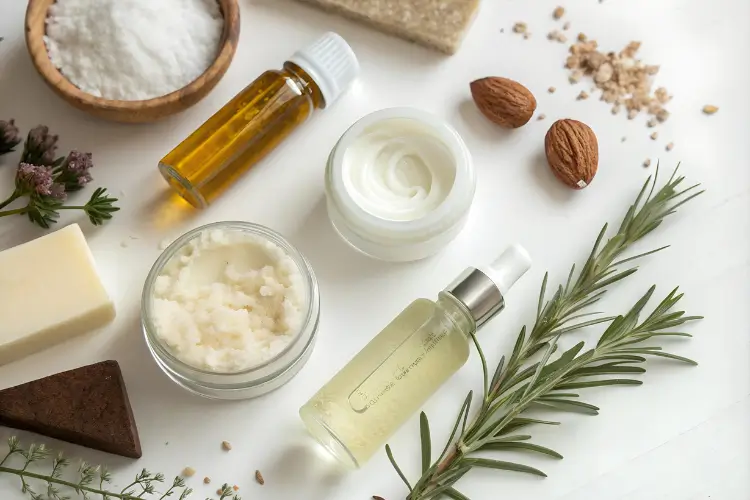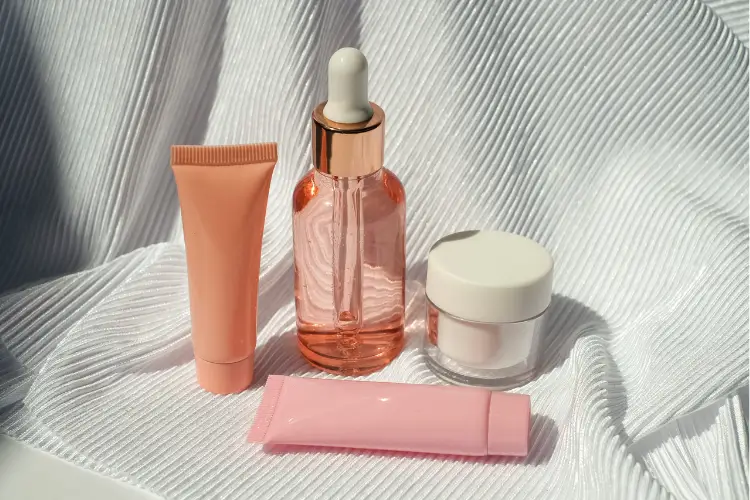In the ever-growing world of skincare, one trend continues to stand the test of time: natural ingredients. As more people become conscious of what they put on their skin, the demand for clean, eco-friendly, and effective products has skyrocketed. From ancient remedies to modern formulations, nature has always offered a bounty of skincare heroes.
But in a market full of buzzwords like “organic,” “clean,” and “green,” it’s fair to ask—what natural ingredients work? And how do products like an organic balm or something as delightfully named as Sweet Bee make a difference?
Let’s break down the benefits, the myths, and the must-haves when it comes to natural skincare.
Why Go Natural?
Your skin is your body’s largest organ, and it absorbs more than you might think. Natural skincare aims to nourish, heal, and protect the skin using ingredients sourced from plants, minerals, and other earth-friendly sources. Many of these ingredients come with centuries of traditional use, and modern science is finally catching up to prove their worth.
Choosing natural isn’t just about being trendy. It’s about being kind to your skin and the environment.
What Really Works? A Closer Look at Proven Natural Ingredients
Not all natural ingredients are created equal. Some are genuinely powerful and backed by both tradition and research. Here are a few standout stars:
1. Aloe Vera
This plant is the OG of natural skincare. With its cooling, soothing gel, aloe vera is ideal for calming irritation, sunburns, and inflammation. It’s also hydrating without being greasy—perfect for all skin types.
2. Shea Butter
A favorite in organic balms and creams, shea butter is loaded with vitamins A and E, essential fatty acids, and anti-inflammatory properties. It’s a deep moisturizer that helps repair the skin barrier and reduce dryness and flakiness.
3. Honey (and Bee-Based Ingredients)
Enter Sweet Bee—a name that often references products made with natural bee-derived ingredients like raw honey, beeswax, and propolis. These elements are rich in antioxidants, naturally antibacterial, and incredibly nourishing.
- Honey hydrates and promotes healing.
Beeswax creates a protective barrier on the skin.
Propolis helps with acne and inflammation.
No wonder bees are the unofficial mascots of nature-powered skincare!
4. Jojoba Oil
Jojoba is a game-changer. It mimics your skin’s natural sebum, making it ideal for balancing oil production. It’s lightweight, non-comedogenic, and packed with vitamins and minerals.
5. Chamomile and Calendula
These floral extracts calm sensitive skin and reduce redness. If your skin gets irritated easily or you’re prone to flare-ups, look for them in natural moisturizers or toners.
The Power of an Organic Balm
Organic balms are multitasking miracles. These thick, emollient-rich formulas are often made with natural butters, oils, and waxes, without synthetic preservatives or fragrances. They can:
- Moisturize deeply
Soothe chapped lips
Calm eczema or dermatitis
Heal minor cuts or dry patches
Whether you’re dealing with winter dryness or just want a reliable skin soother, an organic balm is a must-have in any clean skincare toolkit. - What sets them apart is their purity. With minimal ingredients (that you can pronounce), you know exactly what’s going onto your skin—and what’s not.
Are Natural Ingredients Always Better?
Not necessarily. While nature provides some of the best skincare tools, “natural” doesn’t always mean safe for everyone. Essential oils, for instance, are natural but can be irritating if not diluted properly. Likewise, not all plant-based ingredients are hypoallergenic.
That said, products that are thoughtfully formulated—like many labeled under brands such as Sweet Bee or handmade organic balms—tend to prioritize skin-friendly blends and avoid harsh chemicals.
Here’s the key: natural skincare works best when it’s well-formulated, simple, and suited to your skin type.
Tips for Choosing Natural Skincare That Works
- Read the ingredient list. Look for short, recognizable ingredient lists. If it reads like a smoothie recipe, that’s usually a good sign.
- Check certifications. Labels like USDA Organic, Ecocert, or COSMOS mean the brand adheres to clean standards.
- Watch for allergens. Even natural ingredients can trigger reactions. Patch test new products before slathering them on.
- Keep it simple. The fewer ingredients, the lower the chance of irritation, and the better your skin can focus on healing and thriving.
- Don’t fall for “greenwashing.” Some products market themselves as natural but still contain synthetics. Be a label detective!
When to Choose Natural Over Synthetic
Synthetic ingredients aren’t automatically bad—some are even more stable or effective in certain contexts. But natural skincare tends to shine when you’re looking for:
Gentle healing
Long-term nourishment
Products that are eco-conscious and cruelty-free
Solutions for sensitive or reactive skin
If you’re craving simplicity and transparency in your routine, natural is a smart way to go.
Final Thoughts: Nature Knows Best (Most of the Time)
The role of natural ingredients in skincare is both powerful and personal. Whether it’s the hydrating touch of aloe, the soothing comfort of an organic balm, or the nourishing glow that Sweet Bee products promise, nature offers solutions for just about every skin concern.
But remember—what works for one person may not work for another. Listen to your skin, be patient, and don’t be afraid to explore. The journey to healthy, radiant skin doesn’t have to be complicated—it just has to be intentional.
So the next time you reach for a product, take a moment to look at what’s inside. Nature might just have the perfect answer.




